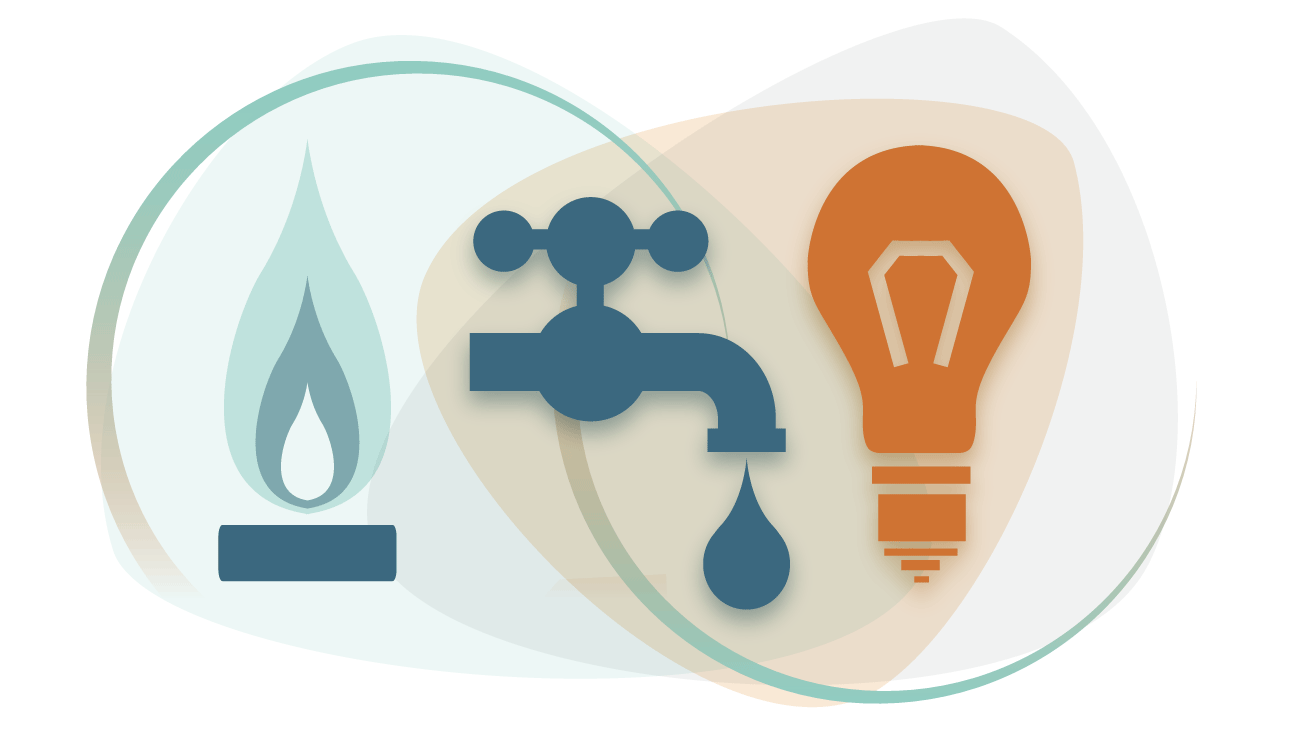In the ever-evolving landscape of digital technologies and innovative solutions, “usitility 0caqdakp55y” has emerged as a term worth exploring. It represents a fusion of utility and innovation, promising to address pressing challenges across various industries. This article delves into the concept of usitility, examining its core components, applications, and its potential to revolutionize how businesses and individuals interact with technology.
What is Usitility 0caqdakp55y?
At its core, usitility 0caqdakp55y refers to the blend of utility and technology that enhances everyday tasks or complex processes. The term is derived from combining “utility,” which signifies practical use, and “technology,” symbolizing innovation. Usitility is designed to be both functional and efficient, providing value by simplifying complex systems, automating routine tasks, and improving performance. It’s a convergence of practical necessity with cutting-edge advancements in technology.
In essence, usitility 0caqdakp55y is about creating solutions that are easy to use, incredibly effective, and adaptable to various contexts. Whether it’s software, hardware, or a combination of both, usitility promises to streamline processes and create a seamless user experience.
The Rise of Usitility 0caqdakp55y in Modern Business
The rise of usitility 0caqdakp55y has become increasingly evident in modern businesses. In a world where speed, efficiency, and productivity are paramount, companies are turning to usitility solutions to stay competitive. These tools enable businesses to automate tasks that were once manual, reducing operational costs and enhancing overall efficiency.
For instance, cloud-based solutions for data storage and retrieval are prime examples of how usitility 0caqdakp55y can be applied. With these tools, businesses can access and manage vast amounts of data without needing complex infrastructure. Similarly, automation tools powered by usitility concepts can handle customer inquiries, process transactions, and even predict trends based on data analysis, all with minimal human intervention.
Key Features of Usitility 0caqdakp55y
Usitility 0caqdakp55y solutions are characterized by several key features that make them invaluable to users across industries. Let’s take a look at these features:
-
Efficiency: Usitility 0caqdakp55y is all about streamlining processes. It eliminates unnecessary steps, reducing the time and effort required to achieve tasks.
-
Adaptability: The versatility of usitility solutions is what sets them apart. They can be customized to suit a variety of needs and industries, from small businesses to large corporations.
-
Automation: One of the most significant advantages of usitility is automation. By automating routine tasks, usitility 0caqdakp55y helps businesses improve productivity and reduce human error.
-
Cost-Effectiveness: Usitility 0caqdakp55y is designed to offer high-value solutions at a fraction of the cost compared to traditional methods. By optimizing workflows, businesses can save on resources and expenses.
-
User-Centric: Usitility 0caqdakp55y places a strong emphasis on ease of use. It aims to provide intuitive interfaces and seamless integration with existing systems, ensuring that users can adopt the technology without significant learning curves.
How Usitility is Transforming Industries
Usitility’s impact is being felt across several industries. Here’s how it is transforming key sectors:
1. Healthcare
In healthcare, usitility solutions have greatly improved patient care and administrative efficiency. For example, electronic health records (EHR) systems are a product of usitility, simplifying the management of patient data. These systems allow for quicker access to patient history, reducing errors and ensuring better outcomes.
Telemedicine, another usitility-driven innovation, has made healthcare more accessible. With virtual consultations, patients can now see their doctors remotely, reducing the need for in-person visits, thus saving time and resources.
2. Education
In the education sector, usitility has transformed the way educators teach and students learn. Learning management systems (LMS), virtual classrooms, and automated grading tools are all examples of usitility in action. These tools make it easier for students and teachers to interact, share resources, and track progress.
Additionally, personalized learning experiences powered by AI are becoming more common. Usitility-powered platforms can analyze a student’s learning style and recommend tailored resources, improving the overall learning experience.
3. Retail
The retail industry has also benefited from usitility solutions. From inventory management systems to automated checkout processes, usitility is making retail operations smoother and more efficient. For example, smart shelves that track stock levels in real time help retailers avoid stockouts, while automated point-of-sale systems streamline the payment process, improving customer satisfaction.
4. Finance
In finance, usitility has revolutionized how transactions are processed. Automated systems for budgeting, transaction analysis, and fraud detection are just some of the ways usitility is being applied in the financial sector. These systems reduce the risk of human error and provide more accurate insights, enabling financial institutions to make better decisions.
The Future of Usitility
As we look to the future, the potential of usitility seems limitless. The continued integration of artificial intelligence (AI), machine learning (ML), and the Internet of Things (IoT) with usitility solutions is set to bring about even more revolutionary changes. For instance, AI-driven automation could further streamline business processes, while IoT devices could provide real-time data that enhances decision-making.
Moreover, usitility could evolve to incorporate more advanced technologies such as blockchain for secure transactions or augmented reality (AR) for enhanced user experiences. As industries continue to embrace these innovations, usitility is expected to play a pivotal role in shaping the digital landscape.
Challenges in Implementing Usitility Solutions
While the benefits of usitility are clear, businesses face certain challenges in adopting and implementing these solutions. Some of the primary challenges include:
-
Initial Investment: While usitility solutions are cost-effective in the long run, the initial investment required to integrate these technologies can be significant. This may deter smaller businesses from embracing usitility.
-
Data Security: As businesses increasingly rely on digital solutions, ensuring the security of sensitive data becomes crucial. Usitility solutions must be robust in protecting against cyber threats.
-
Integration with Legacy Systems: Many businesses still use traditional systems that may not be easily compatible with new usitility solutions. The integration process can be time-consuming and complex, requiring careful planning and execution.
-
Training: Even though usitility solutions are designed to be user-friendly, some level of training may still be necessary to ensure smooth adoption. Businesses need to invest in training their staff to fully leverage the benefits of these tools.
Conclusion
Usitility stands as a transformative force, combining practicality with cutting-edge technology to create solutions that enhance efficiency, productivity, and user experience. Its applications span across various industries, from healthcare to retail, offering benefits like automation, cost savings, and improved decision-making.
As technology continues to evolve, so too will usitility, expanding its capabilities and making it an integral part of business and daily life. Despite the challenges in implementation, the potential rewards of usitility far outweigh the obstacles, making it a powerful tool for those who are willing to invest in its future.
In a world where innovation is key, usitility promises to be the bridge that connects technology with real-world application, paving the way for a more efficient and interconnected future. Whether for business or personal use, usitility is set to redefine how we approach everyday challenges, offering solutions that are not only functional but also intuitive and adaptable to our needs.
As we look ahead, the focus on usitility will only continue to grow, pushing the boundaries of what’s possible and ensuring that it remains at the forefront of technological advancements.


